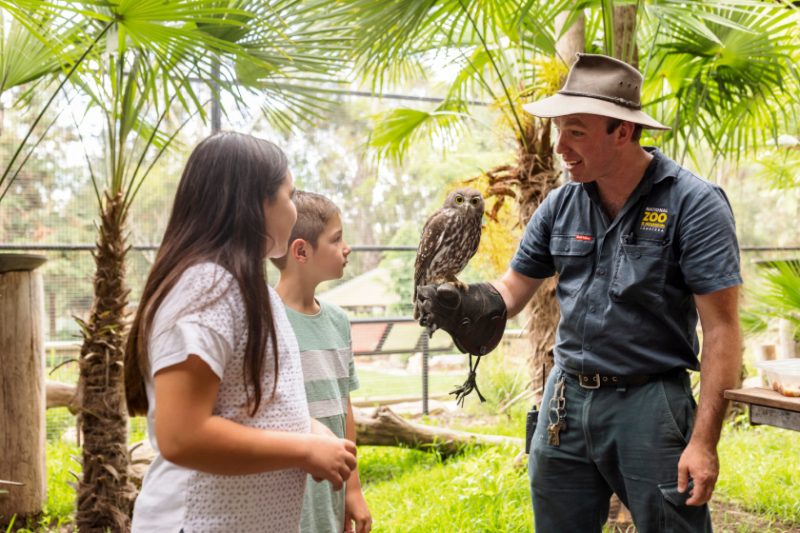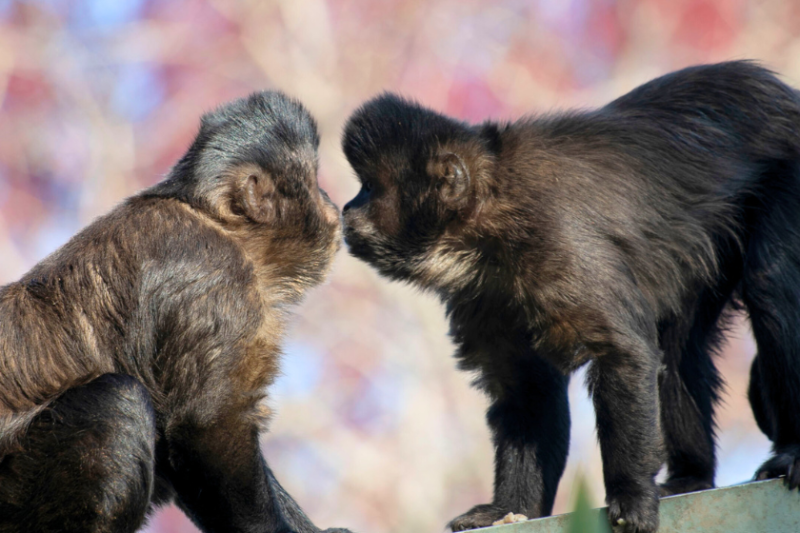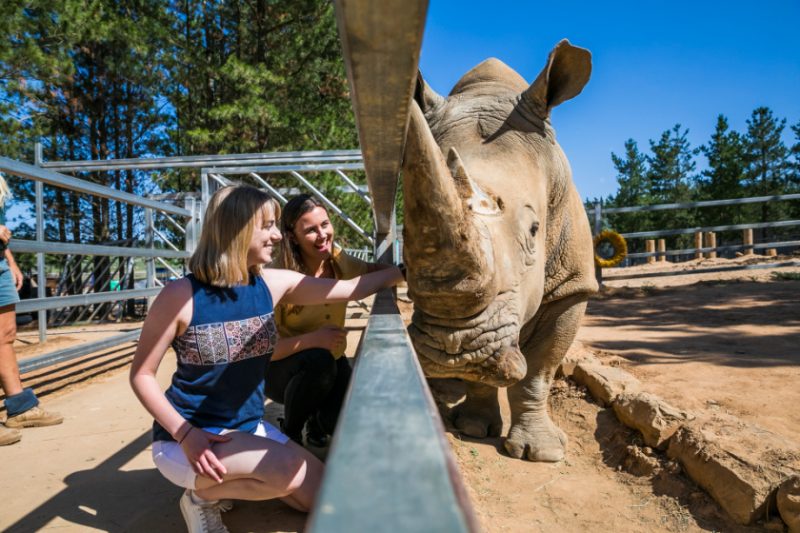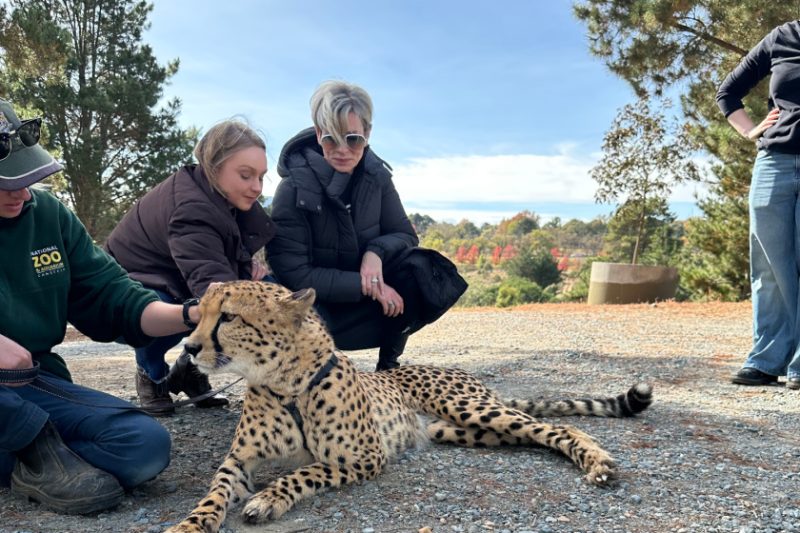A local zoo caring for animals under threat around the world

Posted on
The National Zoo and Aquarium is an opportunity to get up close and personal with all forms of wild and wonderful animals.
But did you know the huge role the zoo fills in leading Australia’s conservation efforts both nationally and globally?
From the moment you enter the zoo you can see the focus is very firmly on animal welfare (from the harpist Alison who comes to play soothing music to the monkeys and cheetahs, to the team of 230 dedicated and qualified staff who know these animals intimately and love them like family members).
But this care extends to animals in the wild, where the zoo put enormous behind-the-scenes work in put into devising Species Management Plans, and coordinating the care and conservation of animals identified as endangered by the International Union for Conservation of Nature (IUCN).

The Zoo works in association with zoological facilities across Australia and the surrounding regions to coordinate care, conservation and preservation of a wide range of IUCN classified species. It’s a role that not only provides information via science communication to the greater public, but also coordinates efforts in captive breeding programs and raises financial support for animals and conservation advocates around the world.
Advocates such Mary Hutton, who founded the Mary Hutton Free the Bears organisation which has saved tens of thousands of bears from cruel bile farming and captivity across Asia. This Perth grandmother, who threw herself into activism after watching a documentary on the cruel practices of farming bile from Asiatic black bears, has raised enough money to build sanctuaries in countries such as India and Cambodia as well as rescuing bears from tiny cages including Otay, who lives in a lush green jungle setting of the National Zoo and Aquarium, with climbing frames aplenty and a friend, Arataki, another sun bear, to hang out with.

No matter where an animal comes from, the zoo makes every effort to give each creature a good quality of life (nutritious diets, treats, challenges, friends, not to mention breeding partners!) and to replicate a natural habitat just minutes away from Canberra’s city centre.
According to Olivia Ware, the primate team leader, each animal is special and she stresses the time and effort put into their care and welfare.
“Every animal has a very different set of need and requirements, all off which we have to meet!”
“For instance, our Colobus and Langurs are Colobinaes, a subspecies of old World Monkey. They have complex stomachs that will ferment their food and allows them to eat large quantities of browse (the leaves and soft shoots of certain shrubbery), we have to work hard to make sure those needs are being meet. We have a specialized browse team from Canberra and the surrounding area for not only our primates but our Koala, giraffes and many more.”
Of course, the zookeepers become attached to their charges, who know they are coming simply by the sounds of their footsteps and the sound of their voice. They keep such a close eye on them that even the slightest change in behaviour is monitored and health issues are identified immediately with an on-site veterinary hospital open 24/7.

“It’s not hard to fall in love with them. There are lot of different personalities at the zoo and each animal is very different in how they interact with their keepers. Some animals are a little more-hands on and other prefer their own space. We respect what each animals wants and interacted accordingly.”
This respect is on display when you enjoy a Meet the Cheetah experience.
Leah and Harry look after Solo, and their rapport is such that members of the public are able to walk alongside him and pat him during their time with him. Solo sets the pace, decides when and where he goes at all times and Leah and Harry read his every cue to ensure the experience remains calm for him, and for visitors.

Meanwhile, the funds from the experience go directly to conservation of cheetahs in the wild by helping pay for the training and upkeep of livestock guarding dogs, who bark when cheetahs approach, scaring them off without farmers resorting to shooting them.
Most of the zoo’s 250,000 visitors each year learn about some of these conservation efforts when they come for a regular day trip or take part in something as special as a an overnight stay in Jamala Lodge where you will sleep next to tigers, lions, bears or giraffes (Ok, there is reinforced glass between you but it is otherwise a mind-blowing experience). The income generated by Jamala goes directly into funding conservation programs and animal rescue projects. And it is clear the work done at the National Zoo and Aquarium puts the animals first – in Canberra and around the world. Every single time.
THE ESSENTIALS
What: National Zoo and Aquarium
When: Open 9.30 am – 5.30 pm seven days
Where: 999 Lady Denman Drive, Yarralumla
Web: nationalzoo.com.au

